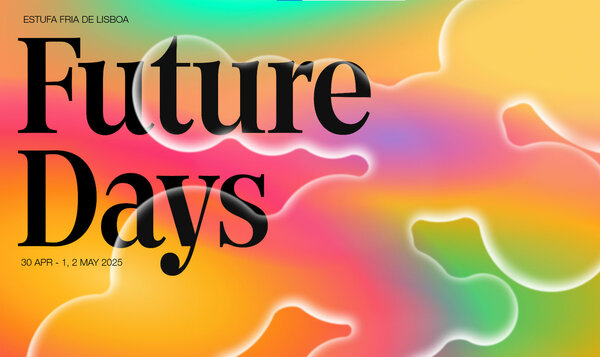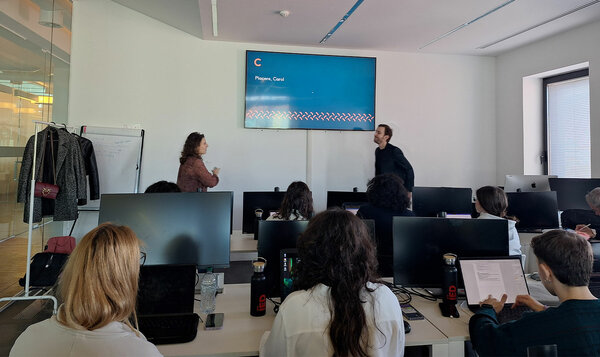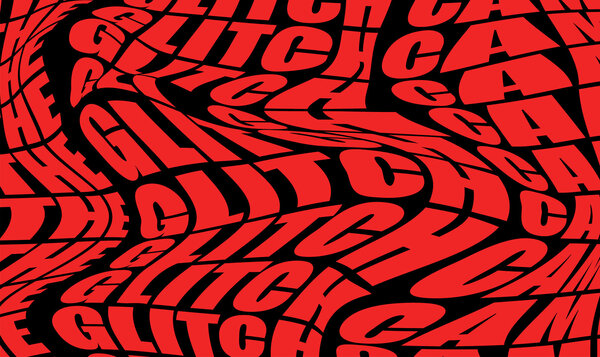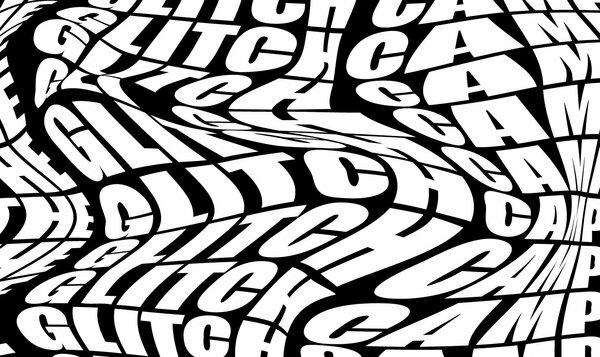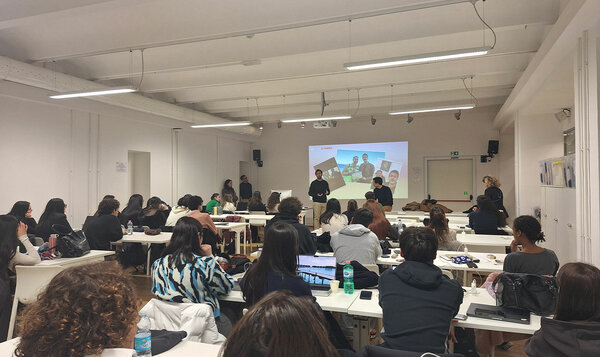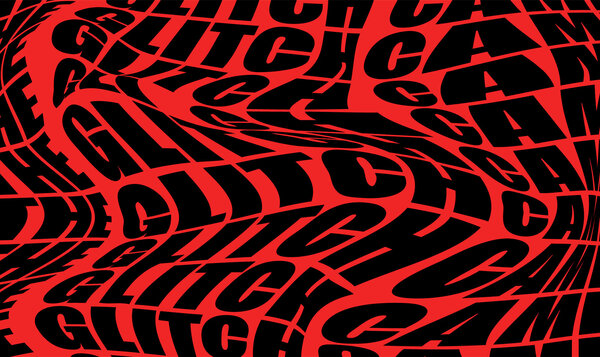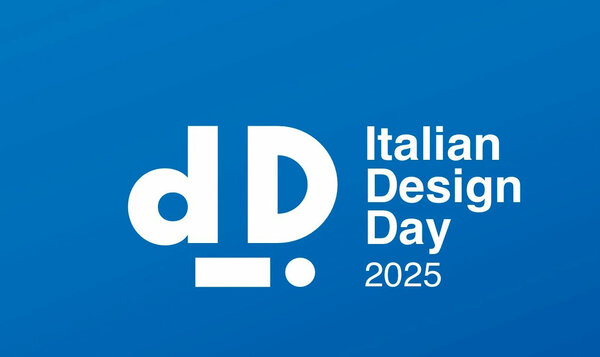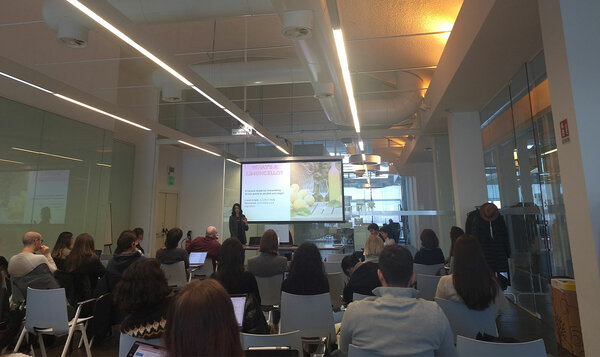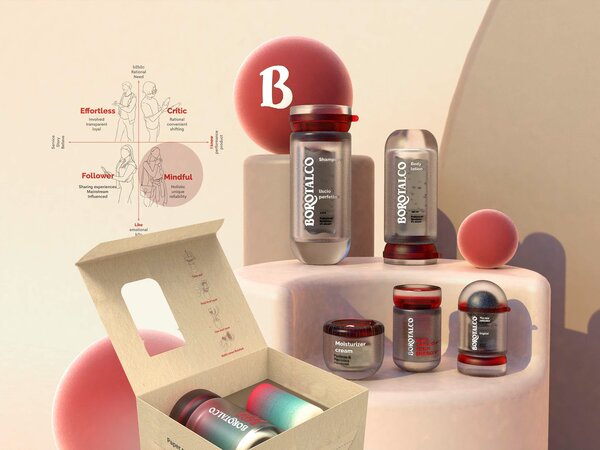Scarcity becomes a reality: how lack of resources and a persuasive approach are defining the future of sustainable design and consumption

Scarcity
Date
08 January 2019
“Scarcity” is usually referred to as the marketing principle of creating value for certain products and services by leveraging the assumption that there are limited quantities of them. Excellent recent examples include the brand Supreme, which has built its exclusive and surprisingly authentic positioning on scarcity.
In many areas, scarcity is not only a persuasive assumption but is beginning to become an objective reality (from resource scarcity of the circular economy to concentration scarcity of the attention economy). When combined, objective and persuasive scarcity represent an incredible design opportunity.
A modern reinterpretation of “Less is more” is not the minimal outcome of a creative process but the ability to start from little to do a lot (and be in demand for it).
This emerging trend will come to full maturation in the next five years.
What technological developments will be related to this trend?
Production technologies will be underpinned by a constant quest to “super-use” raw materials, reuse them or replace them with alternatives.
Digital may become a force for the dematerialisation of all those transient and momentary products that would no longer make sense to produce in the physical world, as well as the tool to make consumer goods accessible but limited.
However, the most significant opportunity will be to create ecosystems of technologies capable of supporting and feeding off each other (circular economy).
Application to a specific case
Worn Wear is a platform by Patagonia to repair, exchange, and donate used clothes. This platform leverages the scarcity of raw materials and the scarcity (and specificity) of products already worn to create new value and demand.
How do you think it will affect the world of work?
Scarcity will nurture two major professional strands in creativity. The first is sustainability design, with trained professionals able to use design as a strategic multiplier of value and not as tactical creativity to exploit resources (in antithesis with the modern mantra of “sprints” and “we are all designers”).
The second strand is awareness design, with professionals capable of informing and raising consumer awareness on issues of sustainability and inclusiveness.
Photo: HP Mars Home Planet
Federico Ferretti
With over 20 years of experience in the most important international innovation consultancy firms, Federico Ferretti is the founder and director of the Midea Design Innovation Center, the Chinese giant of the household appliance industry listed among the Fortune 500 Company.
He led Continuum’s European studio and managed the design team of Frog Milano, where he excelled in the creation and development of products, services, scenarios and strategies for several international clients, including Allsteel, Bic, GM, NEC, Haier, Illy, iRobot, Medela, 3M, Pirelli, Sennheiser and Samsung.
He is the scientific coordinator of IED Milano’s Master Course in Strategy, Innovation and Product. He boasts numerous participations and collaborations with the most prestigious Italian and international institutions linked to design and business education.

